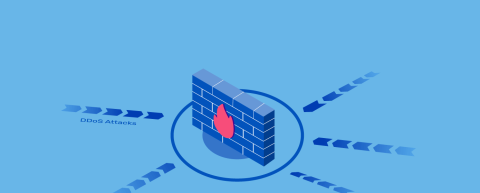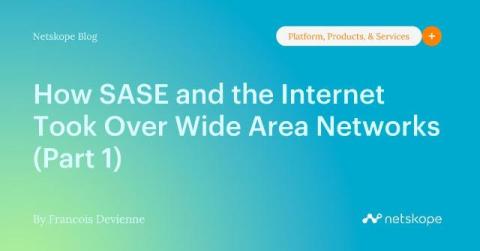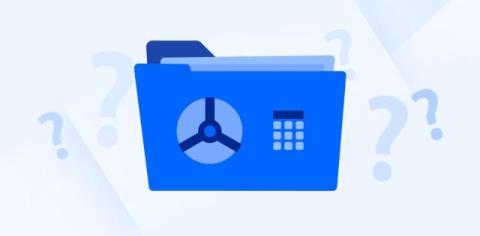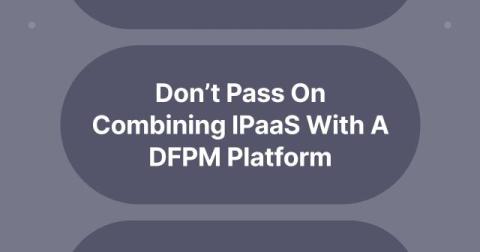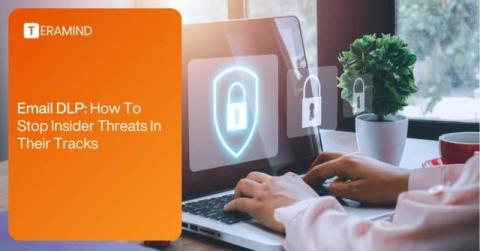8 Types of Cyberattacks a WAF is Designed to Stop
A Web Application Firewall (WAF) is your first line of defense against internet traffic that can be both legitimate and malicious. It helps protect your web applications, websites, and servers from various cyber-attacks by filtering out harmful traffic. WAF (WAAP) is essential for web security as it quickly identifies and addresses vulnerabilities in applications and servers.


